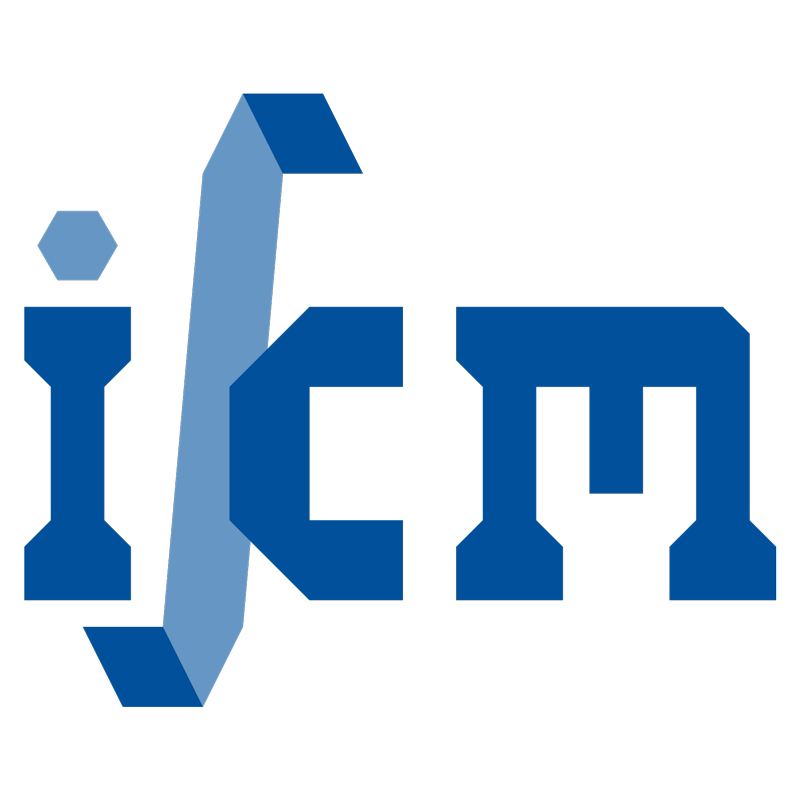Node-to-segment and node-to-surface interface finite elements for fracture mechanics
- authored by
- M. Paggi, P. Wriggers
- Abstract
The topologies of existing interface elements used to discretize cohesive cracks are such that they can be used to compute the relative displacements (displacement discontinuities) of two opposing segments (in 2D) or of two opposing facets (in 3D) belonging to the opposite crack faces and enforce the cohesive traction-separation relation. In the present work we propose a novel type of interface element for fracture mechanics sharing some analogies with the node-to-segment (in 2D) and with the node-to-surface (in 3D) contact elements. The displacement gap of a node belonging to the finite element discretization of one crack face with respect to its projected point on the opposite face is used to determine the cohesive tractions, the residual vector and its consistent linearization for an implicit solution scheme. The following advantages with respect to classical interface finite elements are demonstrated: (i) non-matching finite element discretizations of the opposite crack faces is possible; (ii) easy modeling of cohesive cracks with non-propagating crack tips; (iii) the internal rotational equilibrium of the interface element is assured. Detailed examples are provided to show the usefulness of the proposed approach in nonlinear fracture mechanics problems.
- Organisation(s)
-
Institute of Continuum Mechanics
- External Organisation(s)
-
IMT School for Advanced Studies Lucca
- Type
- Article
- Journal
- Computer Methods in Applied Mechanics and Engineering
- Volume
- 300
- Pages
- 540-560
- No. of pages
- 21
- ISSN
- 0045-7825
- Publication date
- 28.11.2015
- Publication status
- Published
- Peer reviewed
- Yes
- ASJC Scopus subject areas
- Computational Mechanics, Mechanics of Materials, Mechanical Engineering, General Physics and Astronomy, Computer Science Applications
- Electronic version(s)
-
https://doi.org/10.1016/j.cma.2015.11.023 (Access:
Unknown)
-
Details in the research portal "Research@Leibniz University"


